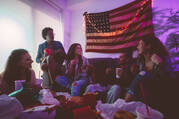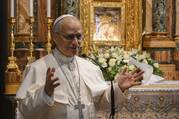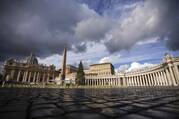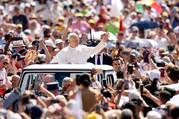Loading...
Click here if you don’t see subscription options
Click here if you don’t see subscription options

FaithScripture Reflections
A Reflection for the Memorial of Saint Barnabas, Apostle, by Ashley McKinless

FaithNews
Every papal diplomat around the world must let people know that the Catholic Church is always on the side of the marginalized and is ready to face everything “out of love,” Pope Leo XIV said.

FaithNews
As a Chicago-born math major, canon lawyer and two-time superior of his global Augustinian religious order, the 69-year-old pope presumably can read a balance sheet and make sense of the Vatican’s complicated finances, which have long been mired in scandal.

Politics & SocietyDispatches
Improvements in health care in Eswatini have relied for years on Pepper and the generosity of the American people. During the height of the H.I.V./AIDS pandemic, Eswatini’s population plummeted, and life expectancy dropped from 61 in 1988 to 44 by 2003.

FaithNews
Vatican News has begun removing artwork by Father Marko Rupnik from its website.

Politics & SocietyFeatures
What did Papa Francisco see that we need to see? What tools do we have so we can choose correctly? And how do we act following our discernment?

FaithVatican Dispatch
Pope Leo at Pentecost: The Holy Spirit opens borders in hearts, in relationships and between peoples
The Holy Spirit "writes in our hearts before all else the commandment of love that the Lord has made the center and summit of everything,” the pope said.

FaithScripture Reflections
A Reflection for Thursday of the Tenth Week in Ordinary Time, by Sebastian Gomes

Arts & CultureFilm
Blessed Carlo Acutis offers a counterexample for our digital age: a teenager who embraced technology not as an escape, but as a tool for communion—with others, and with God.

FaithScripture Reflections
A Reflection for the Memorial of the Blessed Virgin Mary, Mother of the Church, by Leilani Fuentes
